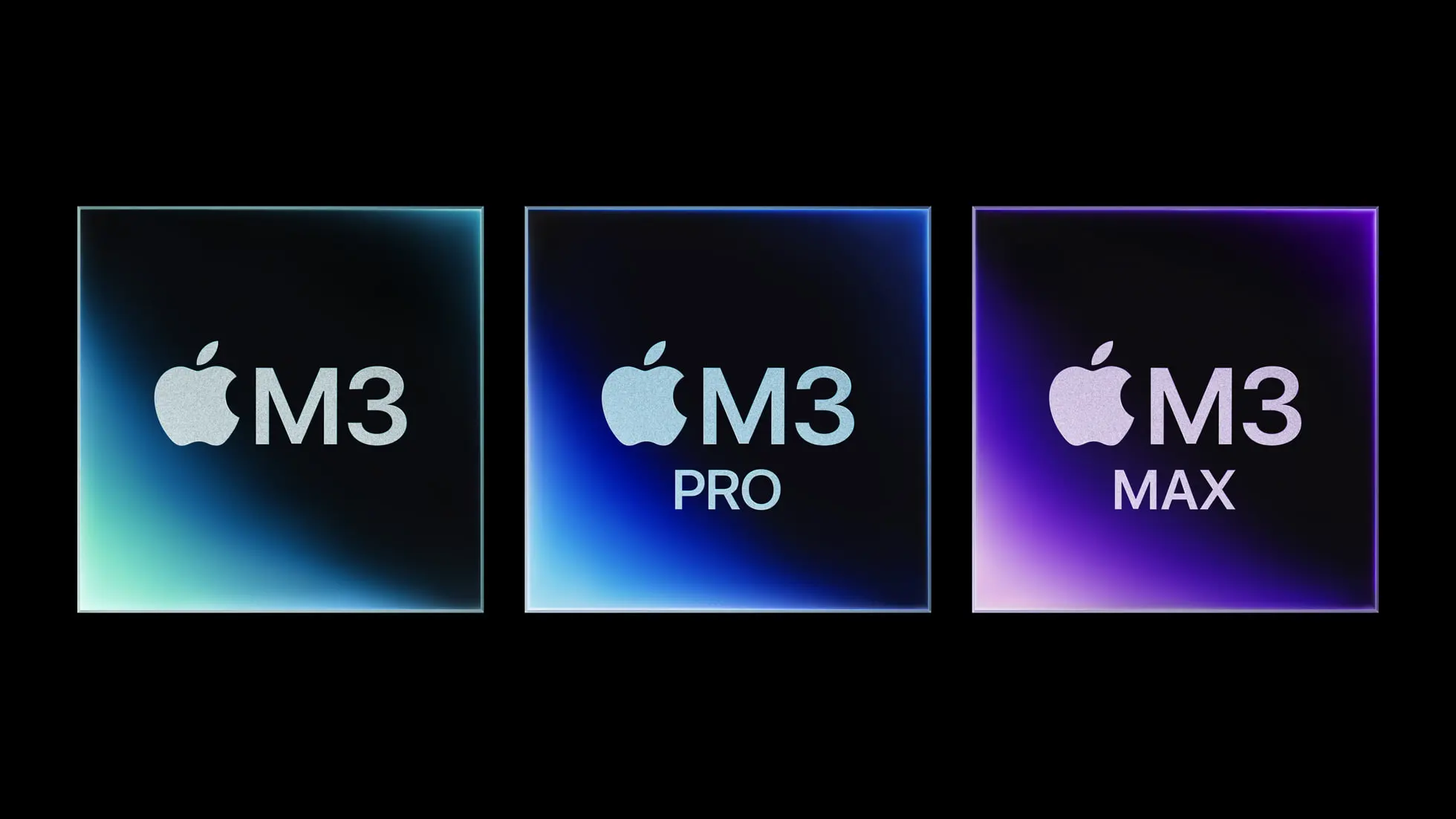- 3nm technology delivers record-breaking performance and energy efficiency.
- The M3 chip outperforms its predecessors by 30%, with a specialized M3 Max variant for AI software development.
- Enhanced neural networks accelerate machine learning by up to 60%, and the M3 Max supports 128GB of unified memory while maintaining impressive battery life.
This week, Apple introduced its latest M3 chip series during a 30-minute online event titled “Scary Fast.” The chip series revealed in the presentation includes M3, M3 Pro, and M3 Max, along with 14-inch and 16-inch laptops and a 24-inch iMac.
Key features of the M3 chip
The M3 chip is a game-changer. Built using 3nm technology, it is the first of its kind in the world. It introduces dynamic cache technology that enables real-time memory allocation for tasks and hardware-accelerated features like ray tracing and mesh shading.
For non-chip nerds out there: ray tracing is a method to create realistic images in three-dimensional computer graphics. Mesh shading allows game developers to have more control when creating various shapes. Both techniques add to the realism of computer-generated visuals.
Apple claims that the M3 chip offers performance equal to the M1 while consuming half the power, with a peak performance increase of up to 65%.
Also read: Apple’s prime time Keynote: A strategic shift in the spotlight
High-performing, low consumption-AI chip
Compared to the M1, the M3 chip offers a 30% performance boost, with lower power consumption. It comes in 8-core and 10-core GPU versions and packs a whopping 250 billion transistors. The M3 Pro, 40% faster than the M3, and the M3 Max, with a staggering 250% performance boost, particularly shine with 16-core CPUs and 40-core GPUs, catering to AI software development.
In plain speak, we are looking at a chip that is much faster and way more efficient than its predecessors.
Also read: Apple Increases Prices for TV+, Arcade, and News+ Subscriptions
Much faster engine for AI capabilities
The chips also feature an enhanced neural network engine, accelerating machine learning (ML) models with up to a 60% speed boost. The M3 Max chip boasts 920 billion transistors, a 50% faster 40-core GPU than the M1 Max, and support for up to 128GB of unified memory.
All these add performance capabilities are needed for handling large-scale AI models that need to process huge information at high speeds. Apple’s transition to 3nm technology brings increased transistor density in a smaller space while preserving battery life.
We can look forward to how this new chip performs with the new 14-inch and 16-inch MacBook Pro models powered by the M3 chip, along with an updated 24-inch iMac, the first iMac update since April 2021.

